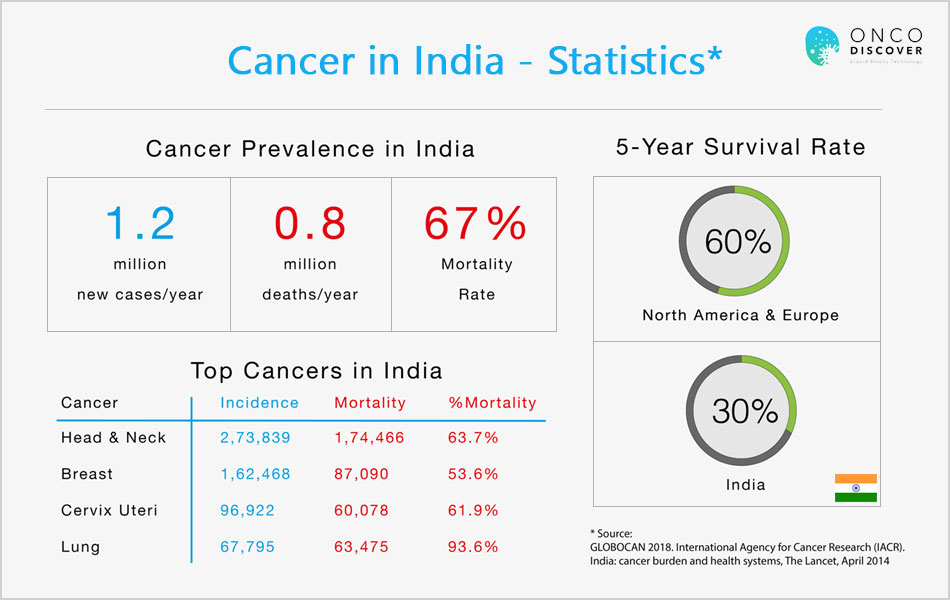Cancer and Circulating Tumor Cells (CTC)
Cancer is a group of diseases which is the result of uncontrolled cell growth. Cancer remains the leading cause of death worldwide.

The Cell is the basic building block of the human body and there are trillions of cells in the human body.

Cells have the unique characteristic of replicating itself via cell division and propagating to perform other critical functions for human survival.
The cells also have a function which tells them when to stop dividing and undergo a process called Apoptosis (cellular death). This way the body clears the old cells and new cells are generated every day.
Due to various factors such as pollution, poor diet, smoking, radiation etc, some normal cells undergo mutation in a process known as carcinogenesis to become cancer cells. These cancer cells grow abnormally and indefinitely unlike a normal cell.
These cancer cells then congregate to form a mass known as Tumor. These tumors survive by creating new blood vessels (for oxygen and nutrient supply) in a process known as Angiogenesis.

The tumor is a mass of cancer cells from which some cells try to move away and invade the body via the circulatory system. These cells enter and circulate in the blood stream via a process known as Intravasion. These cells are known as Circulating Tumor Cells (CTC).
Circulating Tumor Cells (CTC) have the ability to also get out of the blood stream via Extravasation. Thus, cancers cells can travel from one tissue/organ to another and potentially form a new tumor in the invaded tissue/organ. This process is known as metastasis and it is responsible for 90% of cancer related deaths worldwide.

The role that Circulating Tumor Cells play in the metastatic spread of cancer is widely acknowledged. The vast majority of clinical studies conclude association between the number of CTCs present in blood and survival.
Hence it is of paramount importance to detect the presence of CTCs in the human body to understand the spread of cancer.

